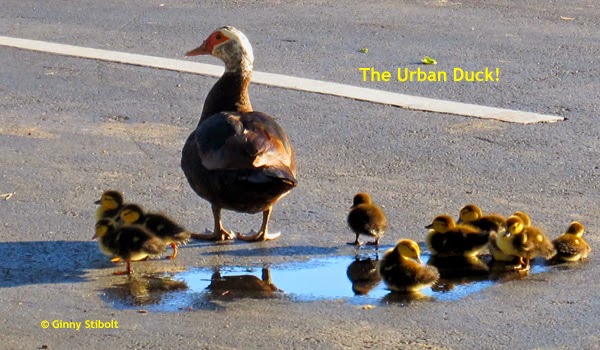 |
| Abundant harvest of lime basil! I shared some with 2 new neighbors and then made a pesto with the rest of it. |
The taste really does have a distinct lime overtone. I use it in the same as I do for regular basil, but since its flavor is strong, there are some dishes that I have learned to use less of it.
So this happened...
I planted an early crop of lettuce, beets, and a few white radishes at the beginning of September. It was a little too early for the lettuces and only a few seeds germinated, but the lime basil, which had been planted in this bed the year before loved the new planting rows and volunteered there.When it became obvious that the lettuce crop would be lacking, I planted some more seed, but I left the basil in place. Well, the basil took over the whole area, as you can see in the top photo, so it was time to give the lettuce some light and room. I did not want to disturb the roots, so I cut off the stalks just above ground level and this made for an abundant harvest. I gave half of it away to two new neighbors and made pesto with the other half. In this pesto, I used equal amounts of garlic chives and basil—in addition to the onion and other ingredients. (You can see how I make pesto in my post: A field trip, A Florida native plant hero, & a pasta salad.) This time I used about a third of the pesto for a Mediterranean pasta salad and I froze the rest.
 |
| These containers of pesto will allow us to enjoy this harvest when there is no fresh basil available from the garden. |
 |
| We don't have any citrus plants in our yard, but many of our neighbors have too much. Ample Harvest is a matching service for people who have too much of a good thing with organizations that can use the surplus. How sustainable! |
Time to turn the compost pile
 |  |
| With all the fall leaf supply, it was time to turn the compost pile. Looking from pile B toward pile A. | The okra stalks have not rotted in the compost pile A yet, but they will. |
Since the turning, I've added a layer of kitchen scraps and more leaves. I will continue to add layers of alternating green and brown materials until the end of the year and then let it rest until spring when the whole process will begin again.
As expected at the bottom of the pile A, there was a good supply of moist, rich, finished compost. I'm using this compost to enrich the winter veggies beds (which you can see in the above photos), store some of it in a bin (next to the potting bench) for winter use, and use the rest of it to topdress my recently planted woody plants and others that I want to push a little more. While I never put amendments in the planting holes, a layer of compost laid outside the root ball area several times during the first couple of years after planting will entice the trees' roots to grow outward. Wide-spreading roots make plants more wind-tolerant and more drought tolerant and this is important in Florida where we have and 7-month dry season each year and tropical storms on a regular basis.
Native flowers
 |
| Our state wildflower! |
I renewed my membership in the Florida Wildflower Foundation and they sent me seeds with my new card. I've sowed these seeds in a meadow area and look forward to seeing more of these cheerful tickseed flowers in the spring.
I trust that you are enjoying your fall gardening.
Green Gardening Matters,
Ginny Stibolt
 |
| A beautiful sunrise as reflected in the St. Johns River. |

















